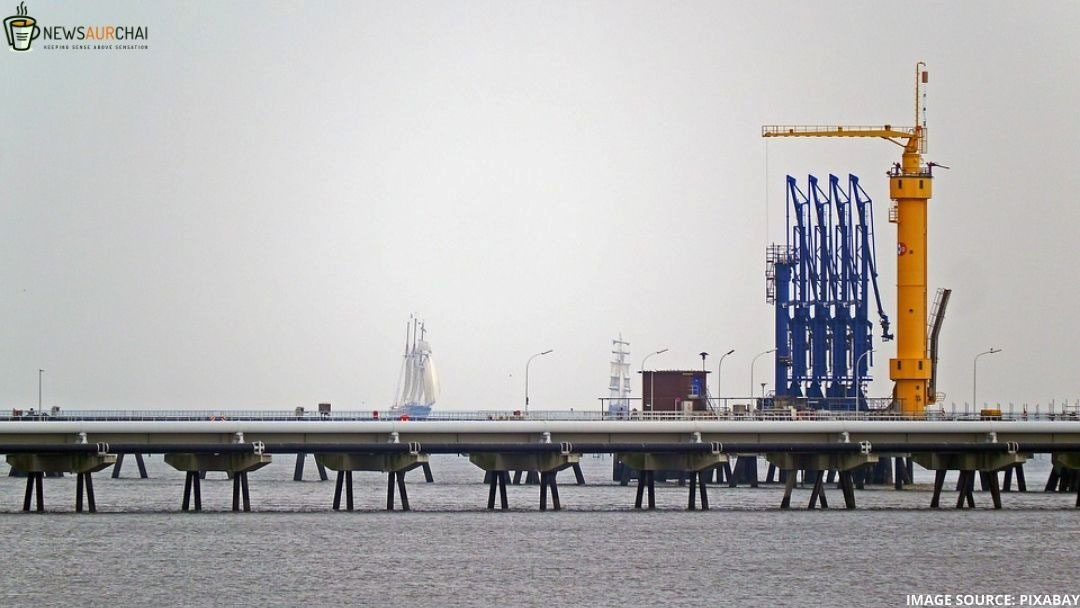
As the COVID-19 spikes up on one side, the crude oil price sunk to a level not seen since 2002, as the demand fell drastically.
On March 30, the price of Brent crude fell to 22.58 dollar (£18.19) a barrel at one point, the lowest level since November 2002.
Meanwhile, the price of US West Texas Intermediate (WTI) sank below 20 dollars a barrel and close to an 18-year low.
Due to companies cutting back or closing the production, because of lack of demand and shortage of storage capacity, the oil price has fallen by more than half during the past month.
In addition to the dip in demand, a price war broke out between Saudi Arabia and Russia in March, causing a further fall in the price of oil.
This began when Saudi Arabia failed to persuade Russia to back production cuts that had been agreed with the other members of the Opec oil producers’ group.
The decision came after the refineries around the world started processing less crude oil. Demand for transport has been hit by grounded airlines, and fewer cars on the roads as countries bring in stricter measures to combat the coronavirus pandemic.
These moves, have caused US oil to its worst quarter on record. Prices fell by two thirds in the first three months of the year, waving the American energy sector.
The damage had prompted Washington to try to broker a new deal.
How did the US respond?
On April 2, US President Donald Trump said that he expected the two countries (Saudi Arabia and Russia) to cut supply by 10 million to 15 million barrels per day. Amidst this, Saudi Arabia called for an emergency meeting of oil producers. The Russian energy minister also stated that he might re-enter talks.
The international benchmark, Brent crude, rose to 21 per cent on April 2, to finish at 29.94 dollars a barrel and the price of US oil, WTI, jumped almost 25 per cent to 25.32 dollars.
As on April 3, oil price plunged further, coming after their biggest one-day hike in the previous session. This drop only reflected market scepticism as to whether a deal to call off a damaging Saudi-Russian price war would work without any cooperation from other producers, including the US.
However, though Trump had asked both the countries to consider cutting the production, he made no offer to cut US output.
How do analysts see the dip in oil price?
Analysts said the US oil industry might also have to make cuts – either voluntarily to help secure prices or due to financial pressures because of the broader demand drop. Global demand for crude oil is predicted to be almost 23 per cent lower this month than it was a year ago.
Furthermore, they said that though the lower prices may be welcomed by key workers such as nurses, paramedics or essential suppliers, most people are quarantined.
In case everyone thinks that it is a miss-out chance, then it’s essential to recollect that the fall in oil prices won’t be reflected in full at the pump – more than half the price of a litre reflects taxes.
The most significant impact will be felt by countries who rely profoundly on oil production for income. Algeria, Nigeria and Libya, for example, need oil to be close to 100 dollars per barrel to balance the government’s books.
Likewise, Saudi Arabia, which is still recuperating from the last major drop in oil prices in 2014, could face a funding shortfall of more than 100 billion pounds. The irony is that it is Saudi that initiated the price with Russia, which will is vulnerable to the drop in the price of crude oil.
Besides experts stated, oil price failed to keep with the growing (coronavirus) lockdown measures and reported that this could push global demand down 20 per cent, potentially pushing the world to run out of storage capacity.





